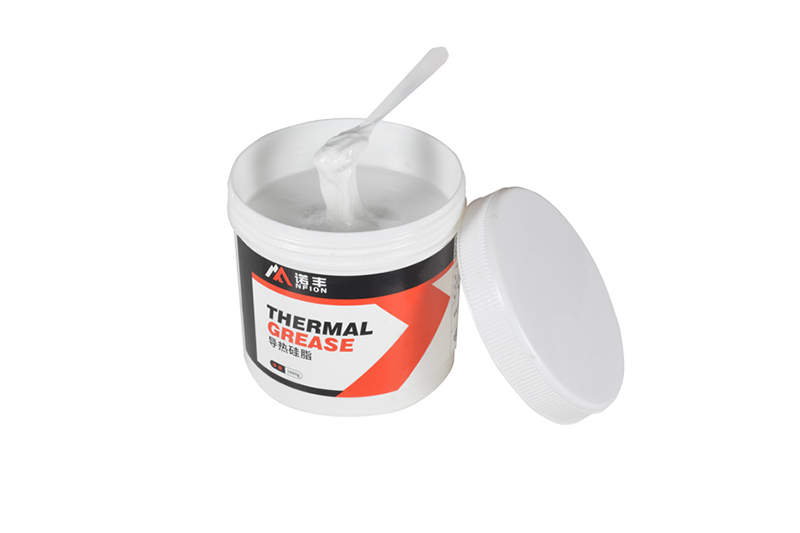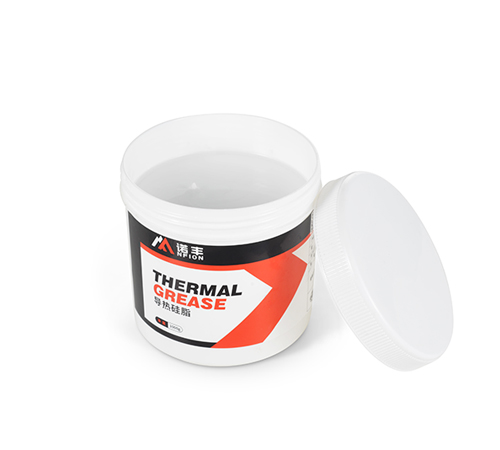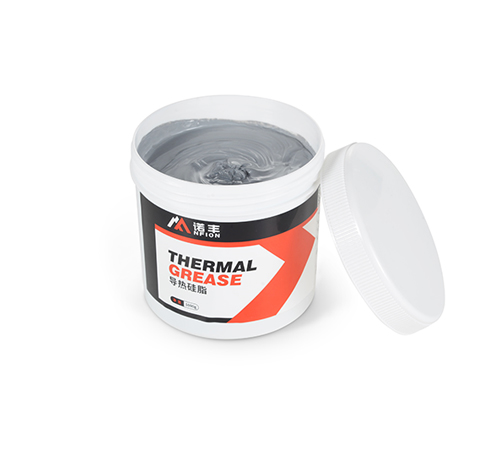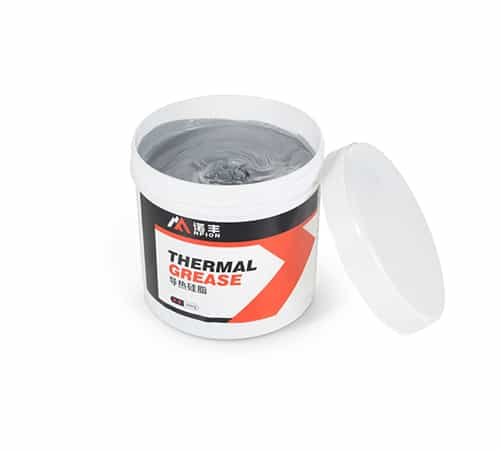Thermal grease, a highly efficient heat-conducting medium, is widely used in electronic devices to enhance their thermal performance. Ensuring the quality of thermal grease is crucial, with water content being a significant indicator. This article delves into how to determine if thermal grease contains water, from theoretical foundations to specific detection methods, providing a comprehensive analysis of this issue.
Composition and Characteristics of Thermal Grease
Thermal grease typically consists of silicone oil and fillers, with fillers often being particles with excellent thermal conductivity such as aluminum oxide, zinc oxide, or boron nitride. Its main characteristics include high thermal conductivity, low electrical conductivity, good insulation, and stability across a wide temperature range. However, the presence of water can affect its performance, leading to reduced thermal efficiency, weakened electrical insulation, and even corrosion of electronic components. Therefore, detecting the water content in thermal grease is critical.

Impact of Water on Thermal Grease Performance
1. Reduced Thermal Performance: The thermal conductivity of water is significantly lower than that of the fillers in thermal grease, causing a notable decrease in overall thermal performance.
2. Decreased Electrical Insulation: Water is conductive; its presence significantly reduces the insulation properties of thermal grease, potentially leading to short circuits and other electronic issues.
3. Reduced Chemical Stability: Water may react chemically with certain components of the thermal grease, causing deterioration of the grease and possible corrosion of electronic components.
Methods to Determine Water Content in Thermal Grease
1. Visual Inspection
First, visually examine the appearance of the thermal grease. If the grease shows discoloration, thinning, or separation, these may be signs of water content. High-quality thermal grease should be a uniform paste without noticeable separation or sedimentation.
2. Weight Analysis
Take a certain amount of thermal grease and place it in a constant temperature drying oven heated to around 100°C. After maintaining it for several hours, weigh it. A significant weight loss indicates the presence of volatile components such as water.
3. Karl Fischer Titration
Karl Fischer titration is a classic method for water determination. This method quantifies water content through a chemical reaction, offering high precision and sensitivity. Dissolve the thermal grease in an appropriate solvent and use Karl Fischer reagent for titration. Calculate the water content based on the amount of reagent consumed.
4. Fourier Transform Infrared Spectroscopy (FTIR)
FTIR can determine water content by detecting the characteristic absorption peaks of water. Place a small amount of thermal grease in an infrared spectrometer and analyze the absorption spectrum for the specific peaks associated with water.
5. Thermogravimetric Analysis (TGA)
TGA measures the change in sample weight with temperature. Place the thermal grease in a thermogravimetric analyzer and slowly heat it above 300°C. Water will gradually evaporate during heating, causing a weight decrease. The weight change curve can indicate the water content in the thermal grease.
6. Electrical Conductivity Measurement
Water's electrical conductivity is much higher than that of thermal grease. By measuring the electrical conductivity of the thermal grease, the water content can be inferred indirectly. A significantly higher conductivity may indicate the presence of water.

Conclusion
Determining whether thermal grease contains water is a crucial step in ensuring its performance and reliability. Various methods, such as visual inspection, weight analysis, Karl Fischer titration, FTIR, TGA, and electrical conductivity measurement, can comprehensively and accurately detect the water content in thermal grease. In practical applications, the appropriate method should be chosen based on specific needs and conditions, ensuring the efficiency and stability of the thermal grease and providing reliable assurance for the normal operation of electronic devices.



 CN >
CN >



